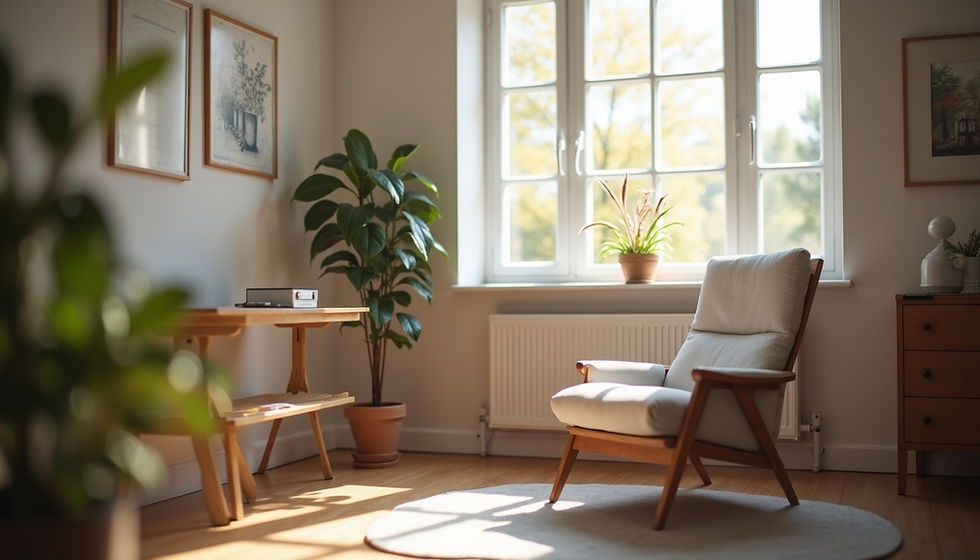Art and Creativity as Tools for Expressing and Healing Mental Health
- Orly Bentata Goldenberg
- Sep 26, 2023
- 2 min read
Updated: Jan 31, 2024

Mental health challenges affect millions of people worldwide, and finding effective coping strategies is crucial for well-being. One increasingly recognized method for managing and healing mental health is through art and creativity. Whether you're an aspiring artist or simply looking for an outlet to express your emotions, exploring the therapeutic power of art can be a transformative journey.
The Expressive Power of Art
Art has been used as a form of self-expression for centuries, allowing individuals to convey their thoughts, feelings, and experiences in a non-verbal and deeply personal way. Here are some reasons why art and creativity are powerful tools for mental health expression and healing:
1. Non-Verbal Communication
Not everyone finds it easy to put their emotions into words. Art provides an alternative means of communication, allowing individuals to express complex feelings and experiences visually.
2. Emotional Release
Creating art can be cathartic. It offers a safe space to release pent-up emotions, providing a sense of relief and emotional release that can be incredibly therapeutic.
3. Self-Exploration
Engaging in creative activities encourages introspection. As you work on your art, you may discover hidden thoughts, fears, or desires, which can lead to greater self-awareness.
4. Stress Reduction
Art can act as a form of mindfulness, promoting relaxation and reducing stress. Focusing on the creative process takes your mind off worries and calms the nervous system.
Types of Art for Mental Health
Art and creativity encompass a wide range of activities, so there's something for everyone. Here are a few creative outlets to consider:
1. Painting and Drawing
Using paints, pencils, or charcoal to create visual representations of your thoughts and emotions can be both soothing and empowering.
2. Writing and Journaling
Writing poetry, essays, or even just keeping a journal can help you process your feelings and gain perspective on your mental health journey.
3. Music and Songwriting
Playing an instrument or composing music can be an emotionally charged experience that allows you to channel your innermost thoughts into melodies and lyrics.
4. Dance and Movement
Dance therapy is a form of expressive art that encourages the body to communicate feelings. It promotes physical well-being and emotional release.
5. Craft and DIY Projects
Creating physical objects, whether it's knitting, woodworking, or building model planes, can provide a sense of accomplishment and creativity.
The Healing Journey
Incorporating art into your mental health toolkit is a personal journey. Here are some steps to get started:
1. Create a Safe Space
Set up a dedicated area where you can create without judgment or interruption. Make it comfortable and conducive to creativity.
2. Gather Supplies
Depending on your chosen medium, gather the necessary art supplies. Don't worry about being an expert; the process matters more than the outcome.
3. Embrace Imperfection
Remember that art isn't about perfection; it's about self-expression. Let go of self-criticism and allow your art to evolve naturally.
4. Explore Different Mediums
Experiment with various artistic forms to find what resonates with you most. You may discover a passion for something you hadn't considered.
5. Seek Support
Consider joining an art therapy group or sharing your work with a trusted friend or therapist. Sharing your creations can provide valuable feedback and emotional support.
Art and creativity have the potential to unlock emotions, promote healing, and foster resilience in the face of mental health challenges. So, pick up that brush, pen, or instrument, and embark on a journey of self-expression and mental well-being through the world of art. Your healing may just be one masterpiece away.
.png)



Comments